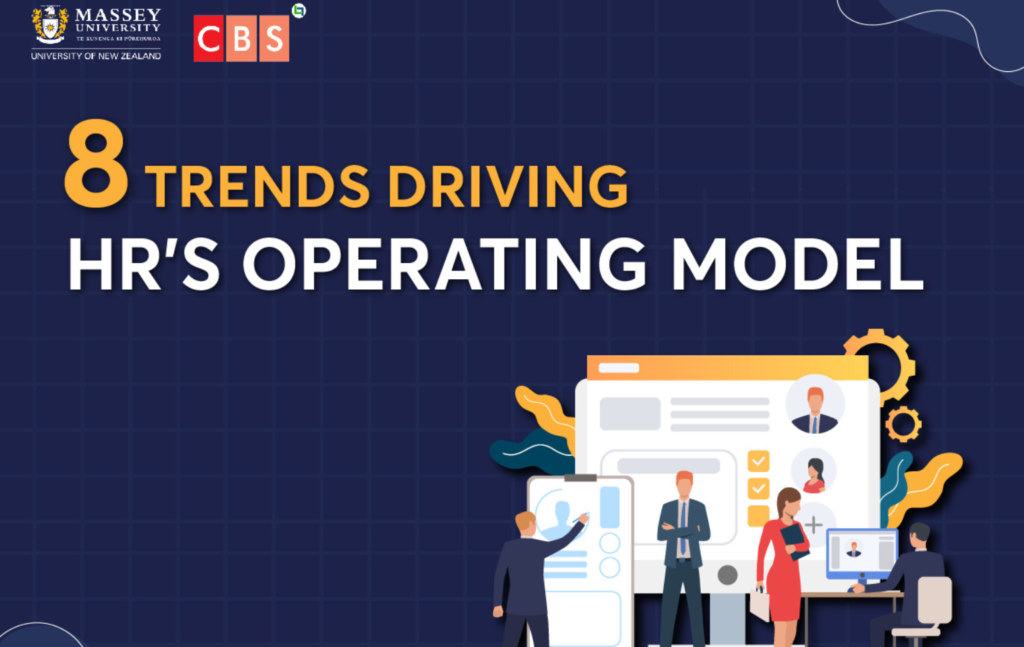
Organizations are transforming at an unprecedented pace and Human Resources (HR) sits at the center of navigating this upheaval, which is creating a need to transform to a new level of adaptability and responsibility.
Today’s increasingly volatile, uncertain, complex, and often ambiguous business environment is forcing companies to transform at an unprecedented pace. The global COVID-19 pandemic and rapid evolution of workplace technology have accelerated the adoption of various alternative, hybrid working models—as well as new challenges in monitoring employee conduct and performance. The emergence of majority-millennial workforces has led to a profound shift in employee preferences. And the “Great Attrition” of workers, exacerbated by demographic developments in many parts of the world, has intensified existing talent shortages.
Although every organization has its own trajectory and HR operating model, people are still trying to innovate in ways that are collectively changing the existing HR function.
Here the key trends concerning HR are as follows:
Adopt agile principles to ensure both strict prioritization of HR’s existing capacity and swift reallocation of resources when needed, enabling a fundamentally faster rate of change in the business and with people and how they work.
Excel along the employee experience (EX) journey to win the race for talent in the time of the Great Attrition, enabling both employee health and resilience.
Re-empower frontline leaders in the business to create human-centric interactions, reduce complexity, and put decision rights (back) where they belong.
Offer individualized HR services to address increasingly varied expectations of personalization.
‘Productize’ HR services to build fit-for-purpose offerings with the needs of the business in mind, and to enable end-to-end responsibility for those services through cross-functional product owner teams in HR.
Integrate design and delivery with end-to-end accountability to effectively address strategic HR priorities, reduce back-and-forth, and clarify ownership.
Move from process excellence to data excellence to tap into novel sources of decision making using artificial intelligence and machine learning.
Automate HR solutions to drive efficiency and capitalize on the power of digitalization in HR.
The above mentioned eight innovation shifts have enabled companies to rethink how they manage their people and the best way to do so.
Source: Sandra Durth, Neel Gandhi, Asmus Komm, and Florian Pollner








